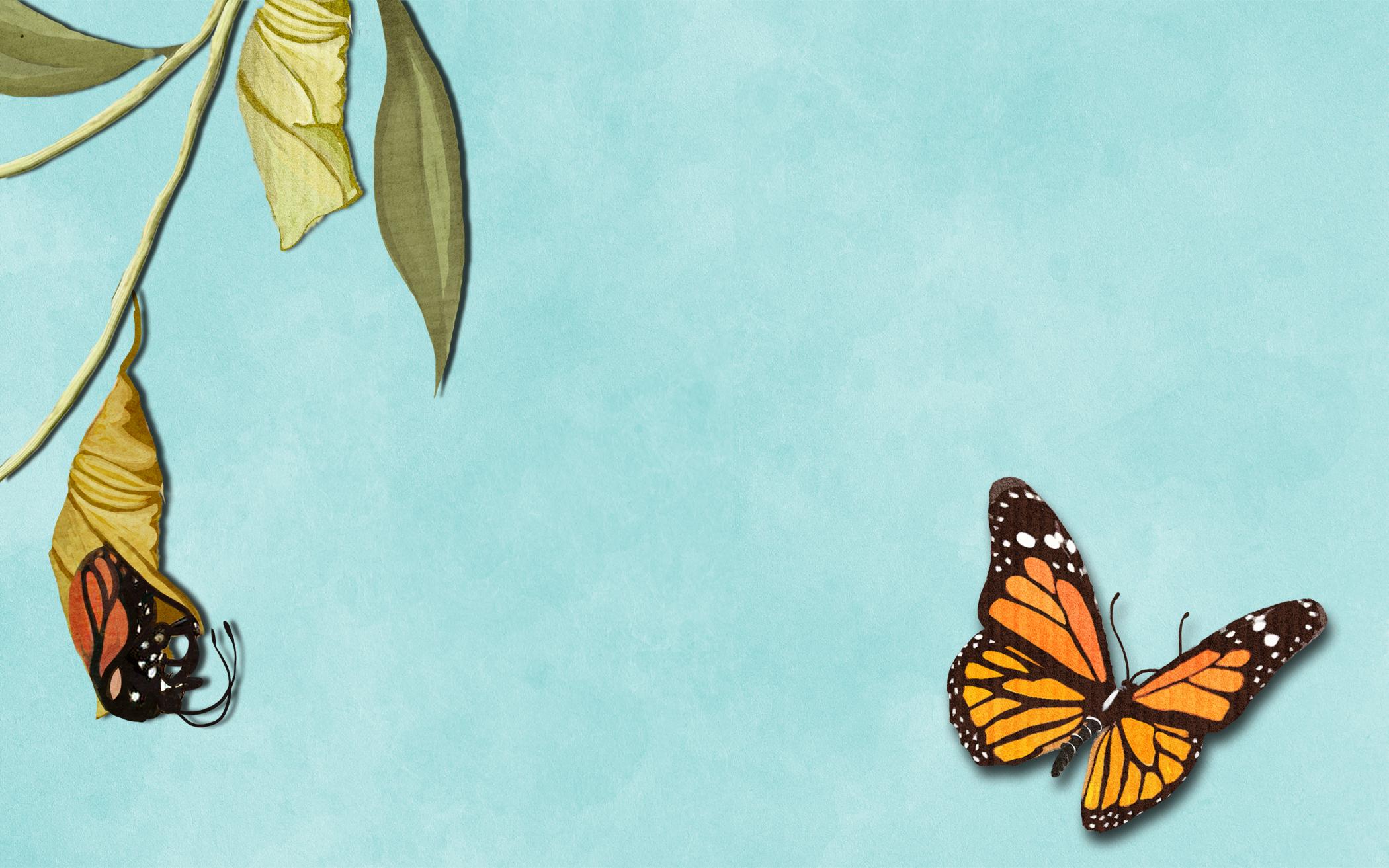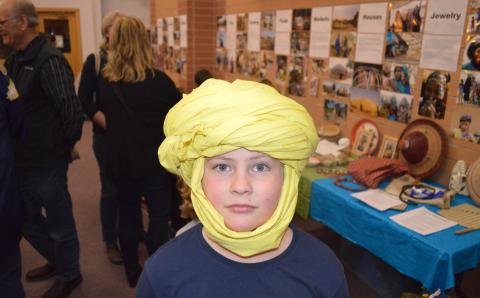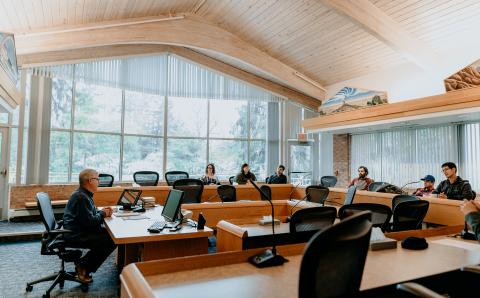As the seasons change, we also see a lot of change in this beautiful world God created for us— and in ourselves, too. These changes might include getting taller, learning new things, welcoming a new sibling, or moving to a new place. Change is sometimes welcomed, but it can also be hard. One thing we know is that God knows exactly what’s going to happen. Even when it’s scary, God is with you during that change.
Other big changes we see are in nature. Winter animals come out of hibernation, flowers blossom, and insects change their shapes and sizes. One insect that goes through many changes is the butterfly.
The first step in the life cycle of a butterfly is the egg. The egg is a very tiny ball, smaller than a pea. Some eggs are round, some are oval, and some have ridges. Other eggs might have other features. An egg’s shape depends on the type of butterfly that laid the egg. Butterfly eggs are usually laid on the leaves of plants (thebutterflysite.com/life-cycle.shtml)
The next step of the butterfly’s life cycle is the larva. You might recognize a butterfly larva: it’s a caterpillar! Maybe you’ve seen caterpillars chomping through leaves in your garden or in trees and bushes around your yard. Caterpillars can get pretty big from all the eating they do. This is really important because a mother butterfly needs to lay her eggs on the type of a leaf the caterpillar will eat—each type of caterpillar likes only certain types of leaves. And because they are so tiny, the caterpillars can’t easily travel to other plants.
The third step of the life cycle is the pupa, also known as the chrysalis. From the outside of the pupa, it looks as if the caterpillar might just be resting, but the inside is where all of the action is. Inside, the caterpillar is rapidly changing. It’s developing limbs, tissue, and organs to become the beautiful butterfly we are anxiously waiting for!
I’m sure you can guess the last step. It’s the butterfly! The adult butterfly carefully emerges from the pupa. It doesn’t just fly away quickly. The butterfly’s wings are very thin and fragile, so it must wait for them to dry. Meanwhile the butterfly practices flapping its wings. Just like we had to learn to crawl and then walk, the butterfly has to learn to fly. This usually takes a few hours, but soon the butterfly will master it. It will fly away and look for a mate to begin the process again.
The next time you see a butterfly flying past, remember that it takes time to change into what you see today. Though the change didn’t happen overnight, God knew exactly what would emerge!
Here’s a link for creating your own butterfly craft at home: bit.ly/2QgX1TQ.
About the Author
Liz Brown is the assistant principal at Living Stones Academy in Grand Rapids, Mich. She has bachelor’s and master’s degrees from Grand Valley State University in elementary education/instruction and curriculum. She is a native of Grand Rapids, where she lives with her husband and two daughters.







